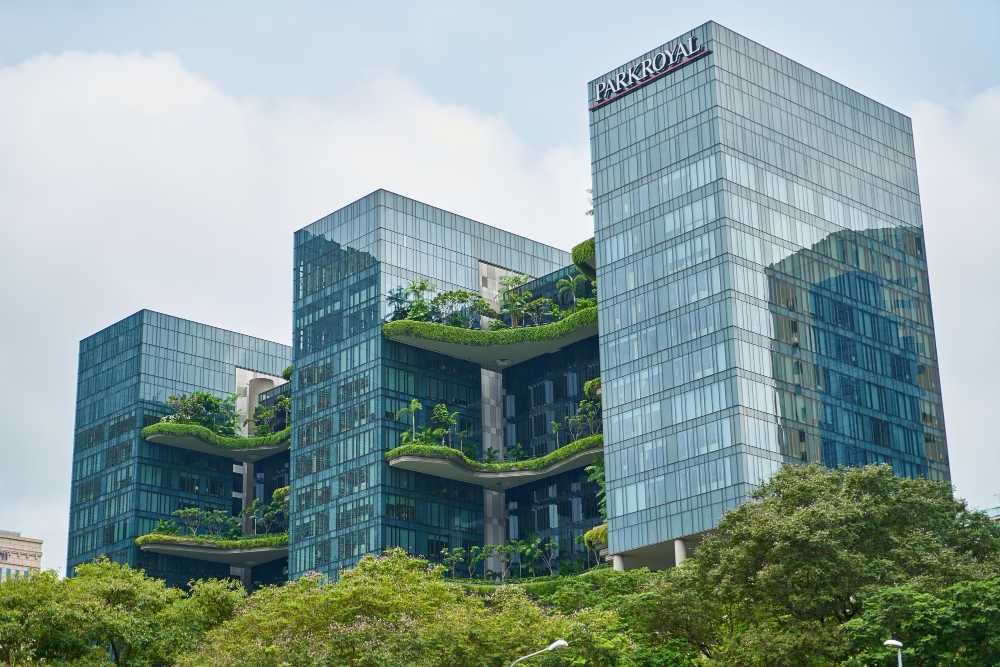
Urban Design Services That Meet Australian Green Building Standards
Discover how urban design services help meet Australian green building standards. Learn how Smart Planning and Design supports sustainable, compliant projects.
read more

As the global population ages and the focus on creating inclusive societies intensifies, the need for urban environments that cater to the diverse needs of all citizens, regardless of age or ability, has become paramount. Designing for aging populations and ensuring accessibility are no longer niche considerations but fundamental principles of modern urban planning and design. This article explores the growing importance of creating age-friendly and accessible cities, delving into key design principles and practical considerations for urban planners, architects, and policymakers.
The Growing Need for Age-Friendly and Accessible Cities
Demographic shifts and a greater understanding of inclusivity underscore the urgent need for adaptable cities, enabling aging in place and benefiting all citizens.
Key Principles of Age-Friendly and Accessible Urban Design
Universal Design, with its seven core principles, provides a foundational framework for creating environments usable by all.
Designing Accessible Urban Elements
Accessible design must be integrated into streets, public transportation, public spaces, buildings, wayfinding, and digital interfaces.
Creating Age-Friendly Features in Urban Design
Considerations include comfortable seating, safe lighting, access to amenities, social interaction opportunities, and support for independent living.
Benefits of Designing for Aging Populations and Accessibility
Inclusive design yields social, economic, and health benefits for the entire community.
Challenges and Considerations in Implementation
Retrofitting existing areas and ensuring community involvement are key challenges.
Examples of Age-Friendly and Accessible Urban Design Initiatives
Many cities are implementing innovative solutions, guided by frameworks like the WHO's age-friendly cities initiative.
Smart Planning and Design: Creating Inclusive Urban Futures
At Smart Planning and Design, we integrate universal and age-friendly design principles to create equitable and vibrant communities.
Conclusion: Building Cities for All Ages and Abilities
Designing for all ages and abilities is essential for creating thriving, equitable, and sustainable urban environments.
Interested in learning more about how Smart Planning and Design can help create age-friendly and accessible urban environments for your community? Explore our projects or contact our team to discuss your specific needs.

Discover how urban design services help meet Australian green building standards. Learn how Smart Planning and Design supports sustainable, compliant projects.
read more

Discover the benefits of mixed-use developments in town planning Australia. Learn how they boost convenience, sustainability, and community connection.
read more

Discover why feasibility studies are essential in town planning Australia. Learn how they save time, reduce risks, and improve approval chances.
read more